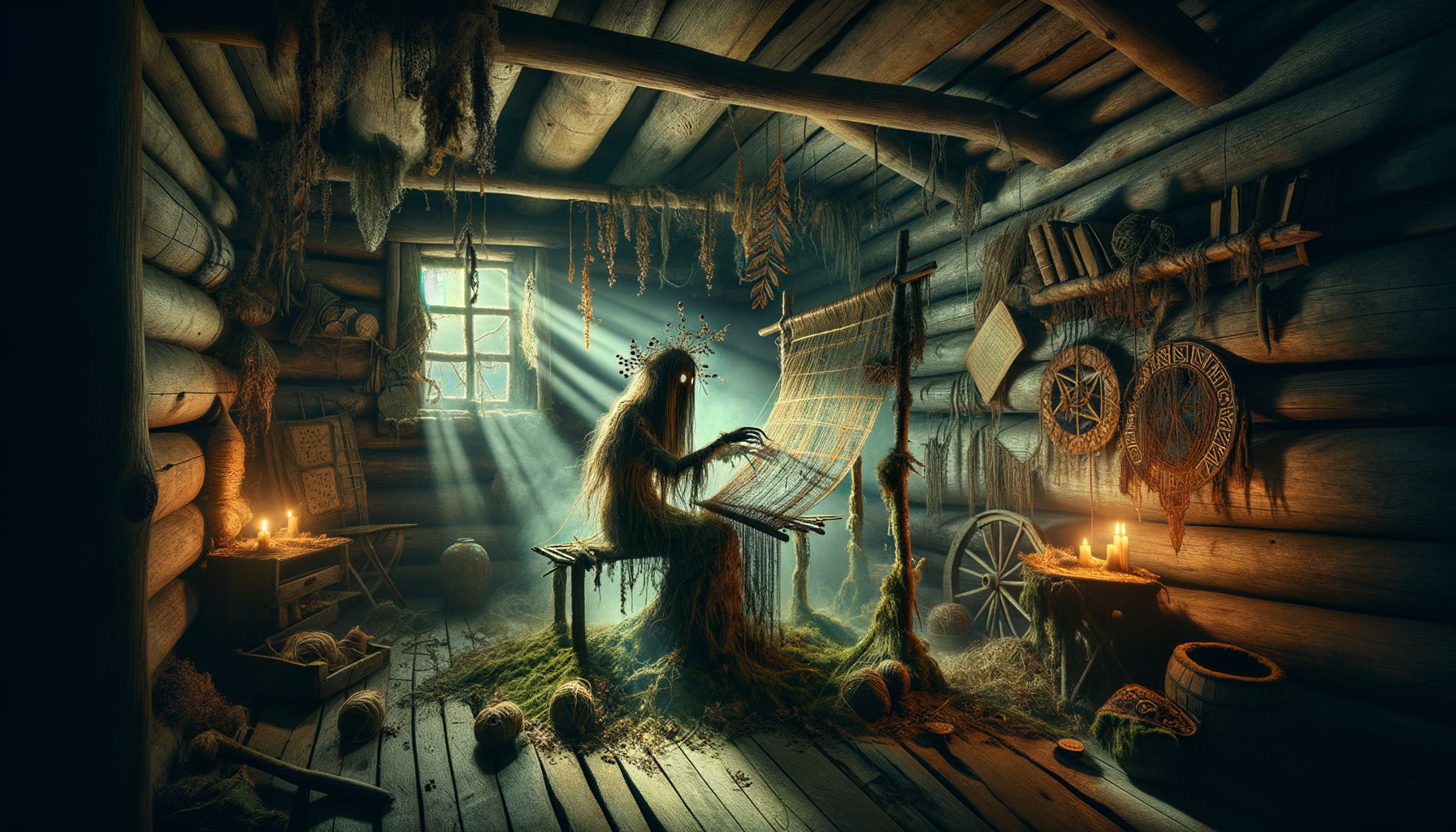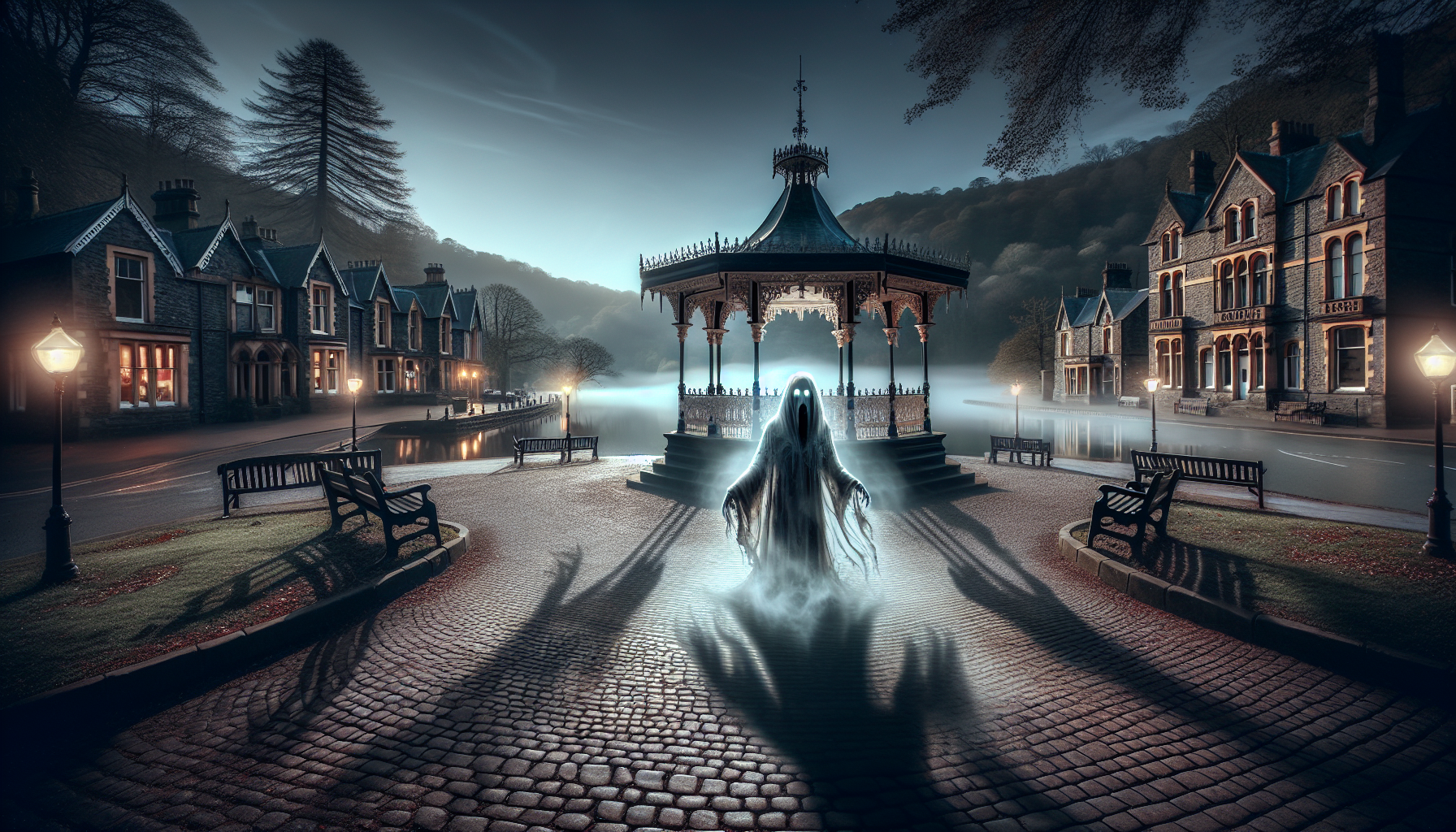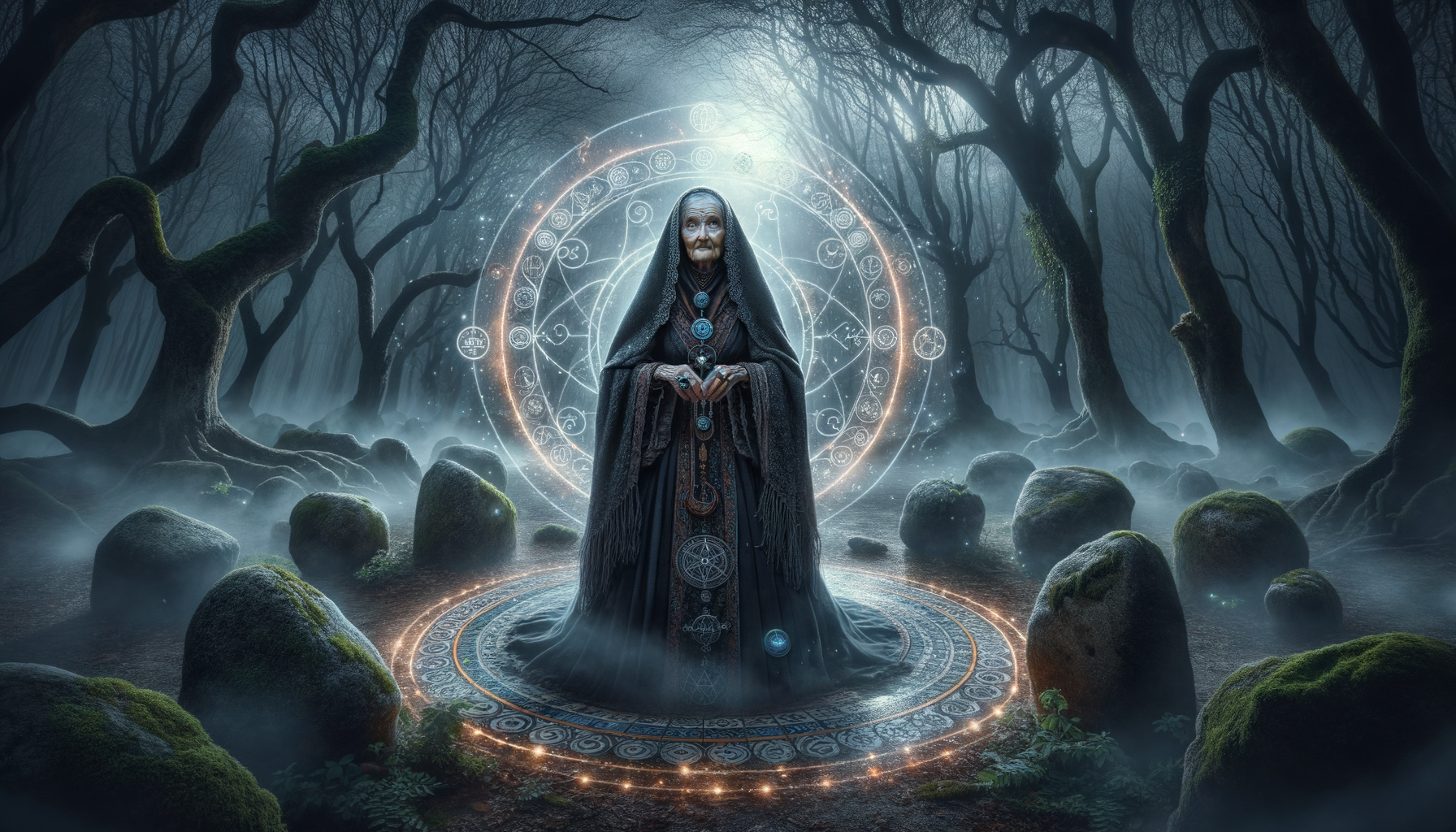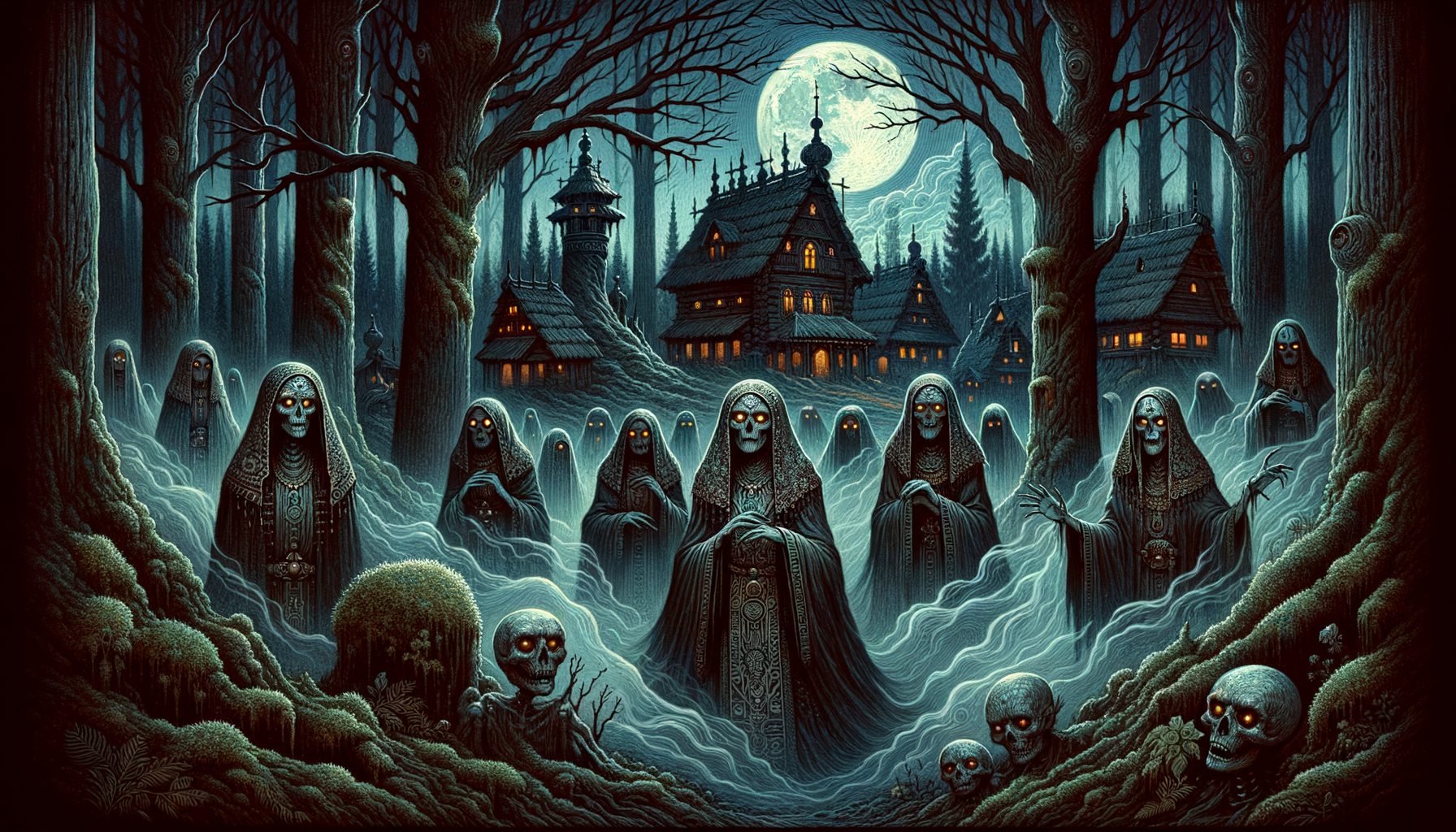Are you ready to dive into the spine-tingling world of Slavic mythology? If you thought only Western folklore had spine-chilling spirits, think again! Enter the world of kikimoras, enigmatic house spirits from ancient Slavic legends. Known for their uncanny ability to infiltrate homes and forests, kikimoras will keep you on the edge of your seat. Did you know that a kikimora can weave fabric with such finesse that it can’t be undone? Whether you’re a mythology buff or a newbie, understanding kikimoras will add a fascinating twist to your knowledge of supernatural folklore!
The Origins and History of Kikimoras
Let’s delve into the fascinating origins of kikimoras, spirits that have haunted Slavic folklore for centuries. Ancient Slavic cultures were the first to speak of these enigmatic beings. These communities, rich with mythology and superstition, often described kikimoras as female spirits linked to household disturbances or forest mischief.
The word ‘kikimora’ itself has intriguing linguistic roots. It is believed to derive from the Proto-Slavic words “kiki” and “mora,” which translate to “scarecrow” and “nightmare” respectively. This etymology paints a picture of kikimoras as entities that both frighten and unsettle. Historical references to kikimoras can be found in various Slavic texts and folklore collections, highlighting their significance in the mythology of the region. These references often depict kikimoras as omens or bringers of misfortune, deeply ingrained in the cultural consciousness of the Slavic people.
Different Types of Kikimoras
Kikimoras are not a monolithic group; they come in different varieties, each with its own unique traits and behaviors. The two most commonly discussed types are house kikimoras and forest kikimoras.
House kikimoras are typically depicted as small, elderly women who live behind the stove or in the cellar. They are known for their mischievous behaviors, such as tangling threads, making noises at night, and causing minor domestic troubles. On the other hand, forest kikimoras are more elusive and are often portrayed as wilder, more malevolent spirits. They dwell in the woods and are said to lead travelers astray, creating confusion and fear.
Each type of kikimora holds symbolic meaning in Slavic folklore. House kikimoras often represent the unpredictable and uncontrollable aspects of domestic life, while forest kikimoras symbolize the dangers and mysteries of the natural world.
Characteristics and Behaviors of Kikimoras
Kikimoras are often described with distinct physical characteristics. They are usually depicted as small, frail women with disheveled hair and a ghostly appearance. Their presence is often accompanied by unsettling sounds, such as scratching, knocking, or whispering.
Behaviorally, kikimoras can be both helpful and malevolent. Some tales speak of kikimoras assisting with household chores when treated with respect, while others describe them causing chaos if angered or neglected. Signs of a kikimora haunting include unexplained noises, objects moving on their own, and a general sense of unease in the home.
Kikimoras in Modern Pop Culture
In recent years, kikimoras have made their way into contemporary literature, films, and video games. This resurgence of interest in Slavic mythology has brought these ancient spirits into the modern spotlight. Notable works featuring kikimoras include the popular video game series “The Witcher,” where they are portrayed as fearsome creatures to be battled.
The renewed fascination with kikimoras and other Slavic mythical beings reflects a broader trend of exploring and reviving ancient folklore in modern storytelling. This has allowed a new generation to engage with these captivating myths and legends.
Protection Against Kikimoras
For those worried about a kikimora haunting, traditional Slavic methods offer a range of protective measures. These include placing brooms upside down behind doors, hanging garlic or herbs around the house, and maintaining a clean and orderly home to deter kikimoras from causing trouble.
Modern superstitions have adapted these ancient protections, often blending them with contemporary practices. For instance, some people might use essential oils or crystals believed to ward off negative energies. Practical tips for those interested in protecting their homes include keeping a tidy living space, using protective charms, and fostering a positive atmosphere.
Fascinating Stories and Legends Involving Kikimoras
The rich tapestry of Slavic folklore is filled with stories and legends involving kikimoras. One famous legend tells of a kikimora who helped a kind woman with her spinning, rewarding her for her generosity. Another tale warns of a kikimora who led a greedy man into the forest, where he was never seen again.
These stories often convey moral and cultural lessons, reflecting the values and fears of ancient Slavic societies. They emphasize the importance of respect, kindness, and caution, serving as cautionary tales for those who might encounter these enigmatic spirits.
The enduring appeal of kikimoras in folklore and modern culture alike highlights their significance as symbols of the mysterious and unpredictable forces that shape our lives. Whether seen as protectors or tricksters, kikimoras continue to captivate our imaginations, reminding us of the rich and complex world of Slavic mythology.
Conclusion
Kikimoras, with their eerie presence and multifaceted roles, offer a deep dive into the rich tapestry of Slavic mythology. By understanding their origins, characteristics, and continuing influence, we gain insight not just into ancient beliefs but modern interpretations of fear and intrigue. So, ready to protect your home from a kikimora? Or perhaps you’re brave enough to invite one in folklore form. Either way, stay curious and keep exploring the mystical world around you!




